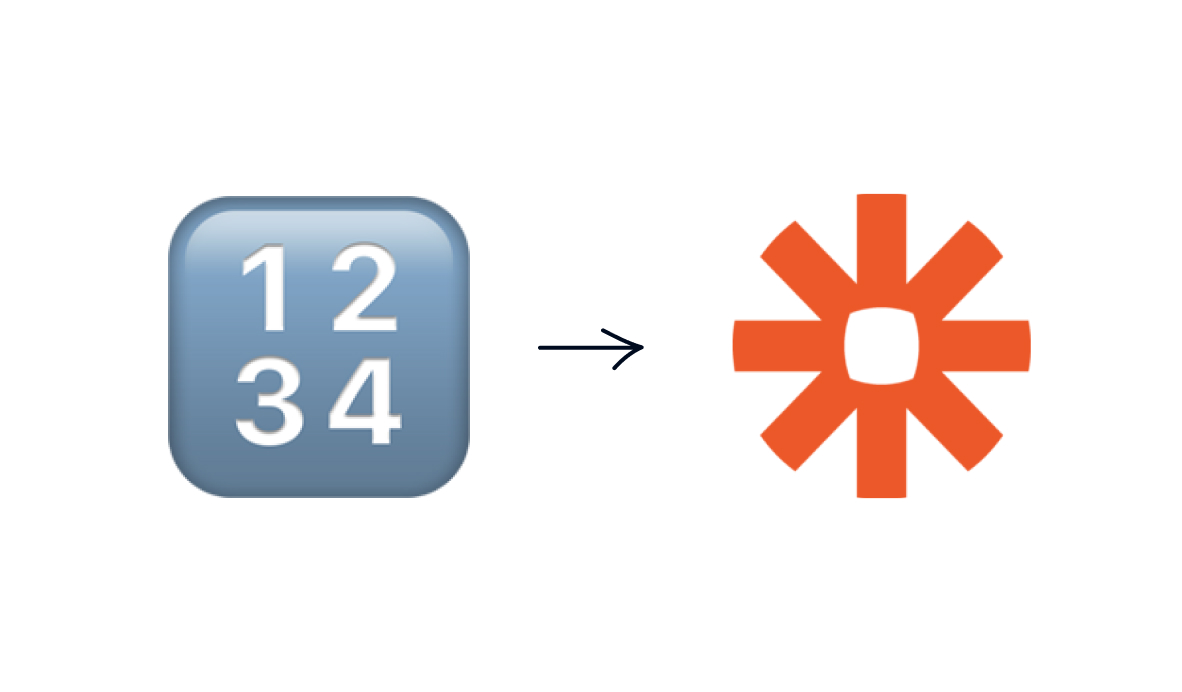Using Formatter to Work with Lists and Other Data
Zapier's Formatter step is an effective way to reformat or process your data to build automations with precision and flexibility. In this post, we'll show you how to use some of Formatter's best Utilities functions.
December 22, 2021

Formatter by Zapier is an indispensable tool for no-code and low-code automators. Whether you need to reformat your data, perform some calculations, or add some simple logic and flow control to your automations, Formatter can help you get it done quickly.
In this post, we’ll show you a few tips for using Utility functions from Formatter. Utilities are mostly focused on working with lists or list items; they’ll let you split up lists, put them together, pick a single item from a list, and more. They’ll also let you build a simple lookup table, giving your automations the ability to handle several different scenarios with a single step.
In the videos below, we’ll show you three key examples to help you get started with Formatter’s Utilities, but there are more available that we won’t be covering in this post. We encourage you to try them out for yourself; you can learn a lot about working with Zapier just through experimentation!
If you'd like to see Formatter's options for working with Text and Date/Time, check out this post.
You can also check out our rundown of Numbers functions in this blog post.
Pick from list
The “Pick from list” function does exactly what its title suggests: it takes a list that you provide and chooses a single item from its contents.
While configuring the step, you can choose whether you’d like to select the first item, the last one, or a random item. As of right now, there are no options for picking the second item, second to last, etc.
At XRay, we’ve used Pick from List to generate a thematically appropriate password for a client’s automatically scheduled Zoom calls. They provided us with a list of words related to their company that met the Zoom meeting password requirements, and we set up their Zap to choose from that list.
A simple step like Pick from List is not likely to revolutionize the way you build your automations, but it can be a very convenient tool in the right situations, and can be particularly helpful when you need to select a random item.
Lookup Table
The “Lookup Table” option is a somewhat more robust feature that lets you create and access a table of key-value pairs within your Zap.
In a key-value pair, a “key” is essentially a title that is associated with a piece of data (the “value”). You can easily find and access a value just by searching for its corresponding key. This can be very useful if you want to input a small piece of data to find and use a much longer output.
For instance, in the example you’ll see in our video above, we enter a paragraph of templated text into an email by simply using a keyword in our Airtable form.
Filling out the form triggers the automation, and the automation uses the contents of the “Project type” field to search for a key-value pair in the lookup table. So by just entering “UX/UI Design” into the form, the automation can find the associated paragraph about UX/UI Design and enter it into our templated email in the next step. If the key word had been “App Development”, the automation would have provided the relevant text for Development instead.
You could also create a lookup field in Airtable with linked records, but using a lookup table directly in Zapier can be a great alternative if you don’t use Airtable, or if you just want a simple lookup with only one value for each key.
Text to line items
The Utilities portion of Formatter has a few different ways for working with line items and lists, such as the “Text to line items” function.
When you use Text to Line Items, you can separate a single piece of text into individual line items. Just enter the text you want to split, and make sure that it’s consistently separated with commas, spaces, semi-colons, or another symbol.
Formatter will then return a series of line items for each segment of your list. For example, “Blue, Red, Yellow” would become:
• Blue
• Red
• Yellow
Like “Pick from List”, Text to Line Items isn’t a groundbreaking feature in formatter, but it can be quite useful. In subsequent steps, it can be much easier to work with distinct line items rather than having to include a full list every time you want to reference part of its data.
Formatter also includes a function to go in the other direction and convert a series of line items into a single list.
Build better Zaps with Formatter Utilities
Formatter’s Utilities menu gives automators several different ways to refine their Zaps with lookup tables, line item functions, and the ability to pick an item from a list. Formatter steps like these can help you to make Zaps with more accurate outputs and build automations that handle a wider range of situations.
If you’d like to learn more about using Zapier and other low-code automation tools, check out our blog or our YouTube channel. You can also follow XRay on Twitter, Facebook, or LinkedIn.





